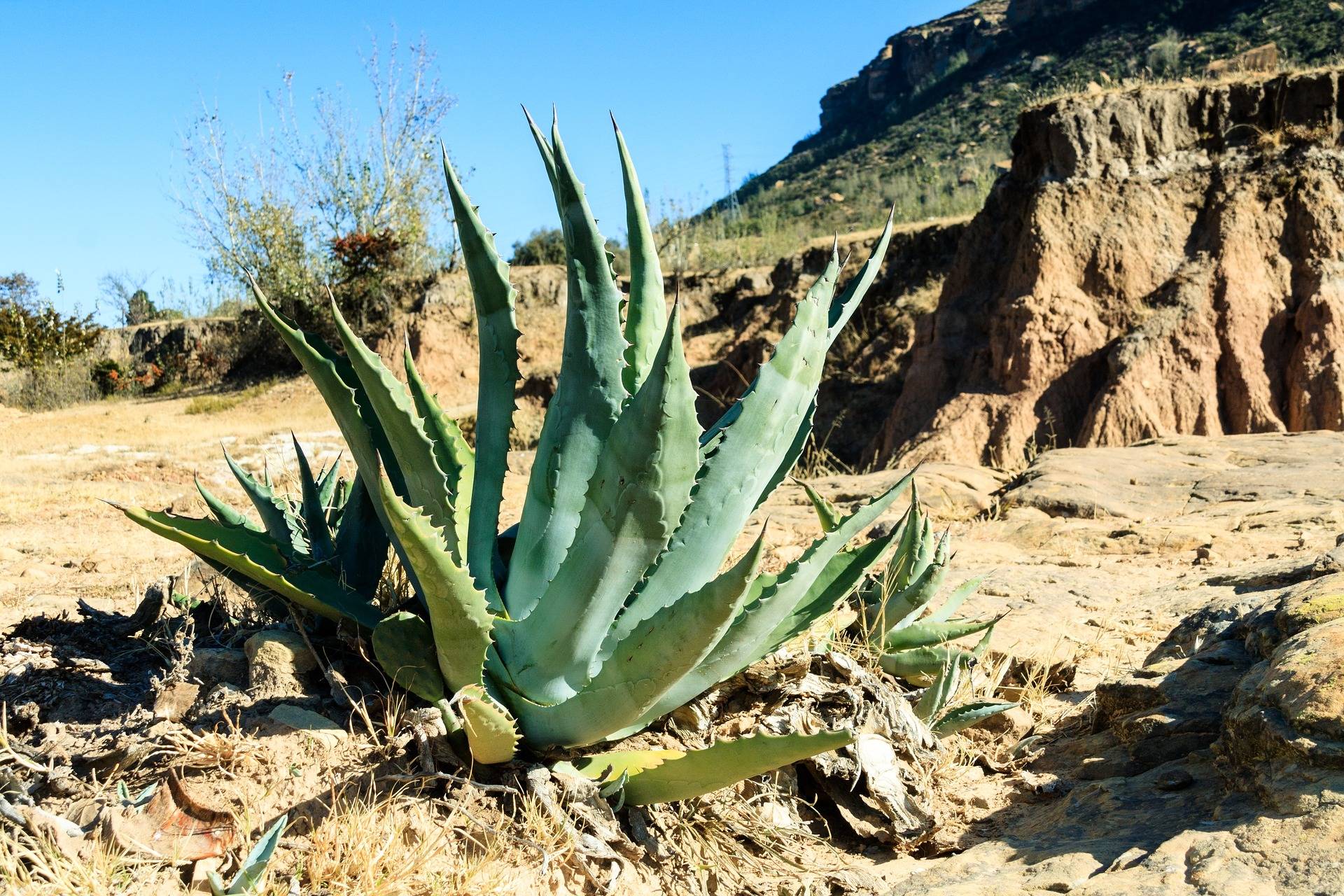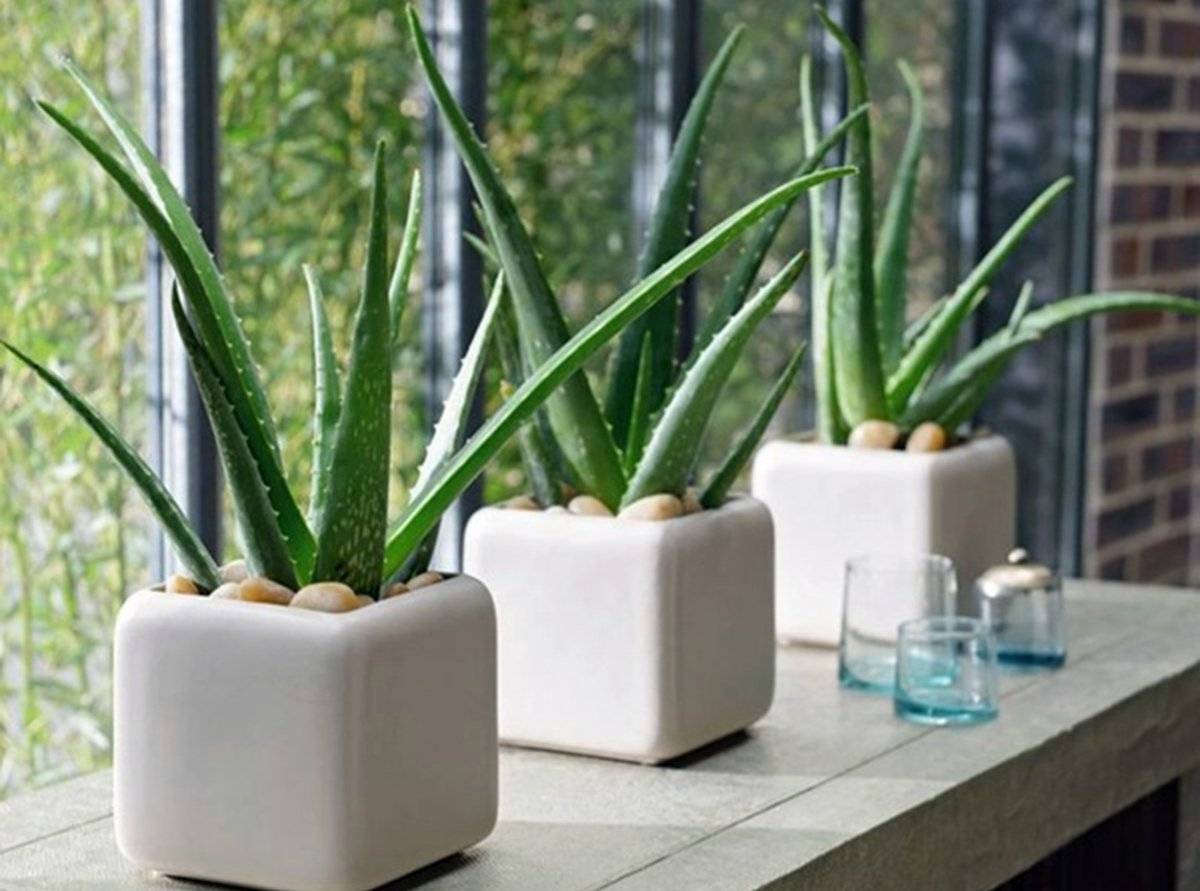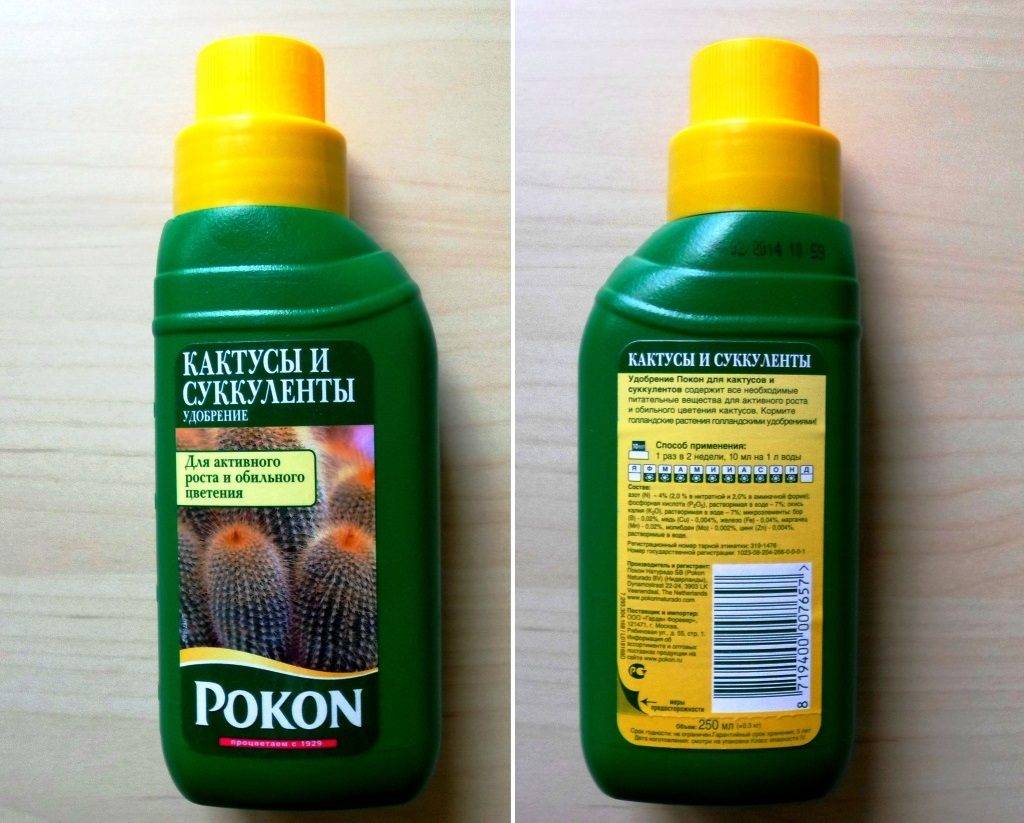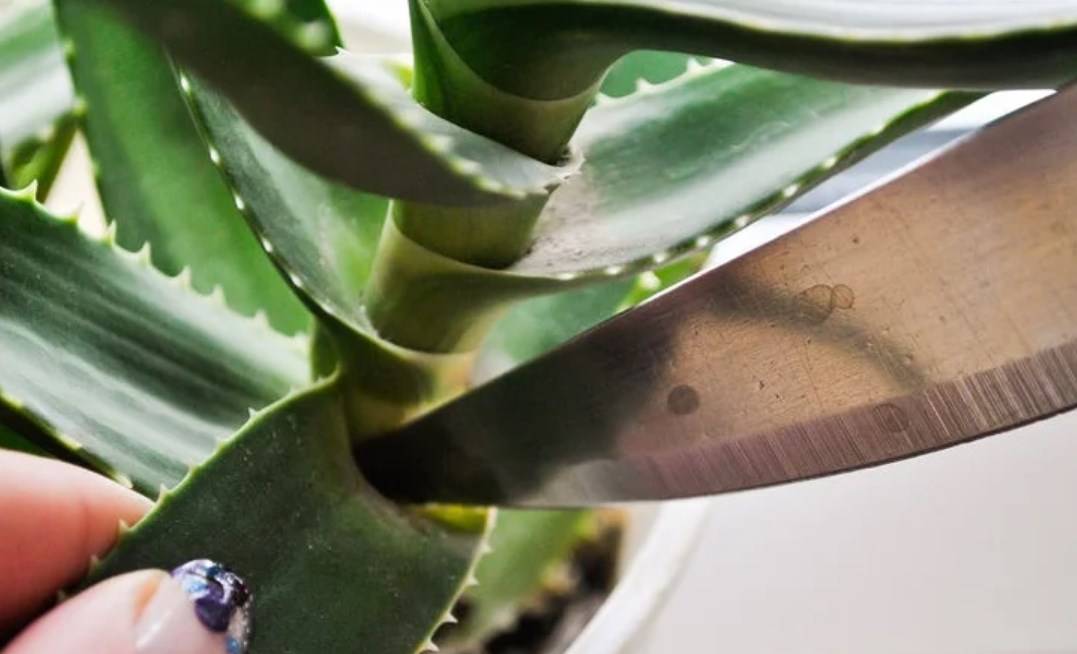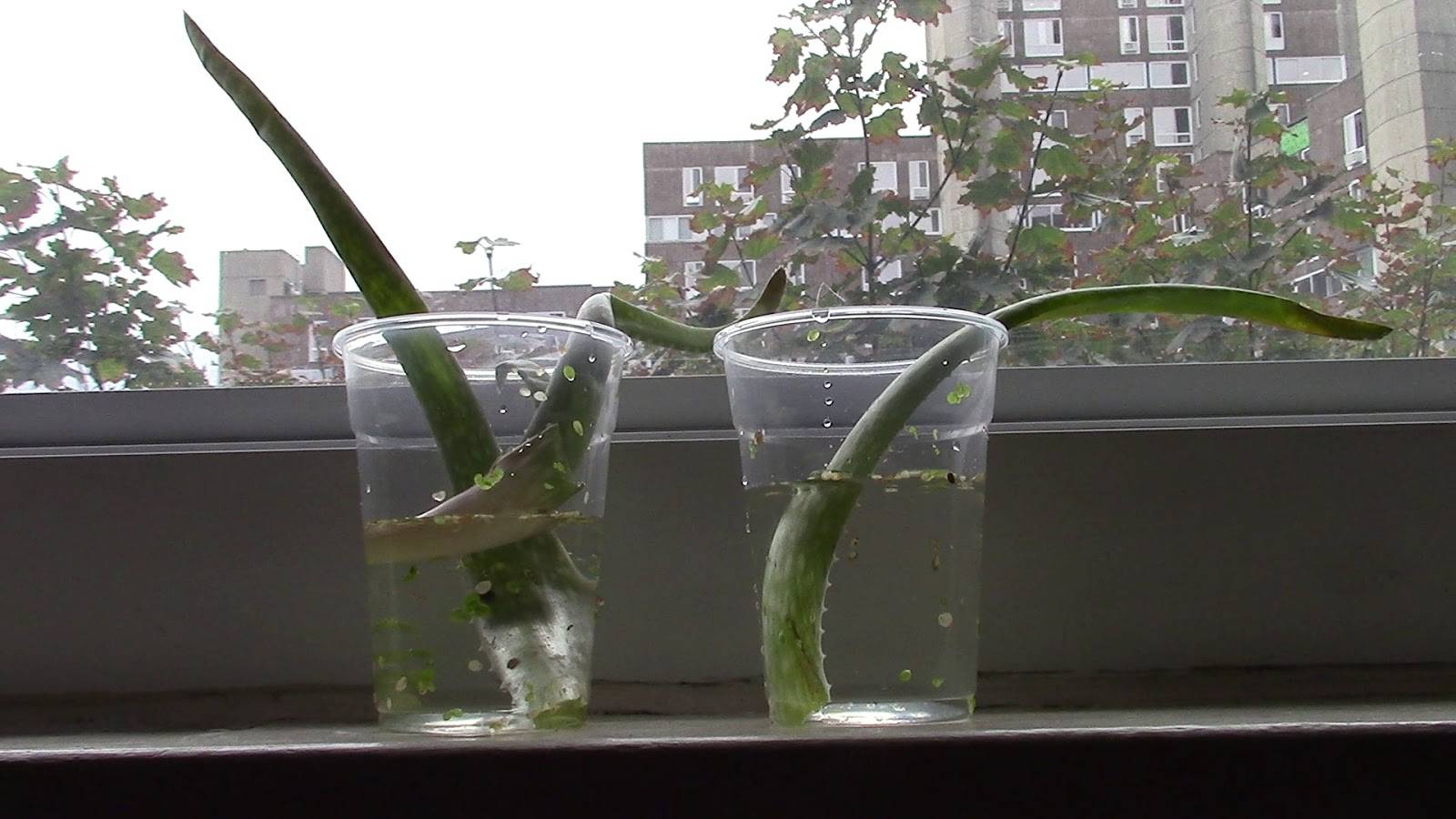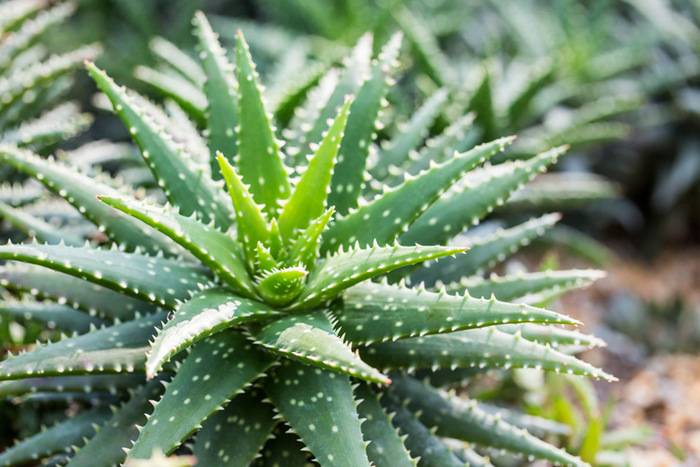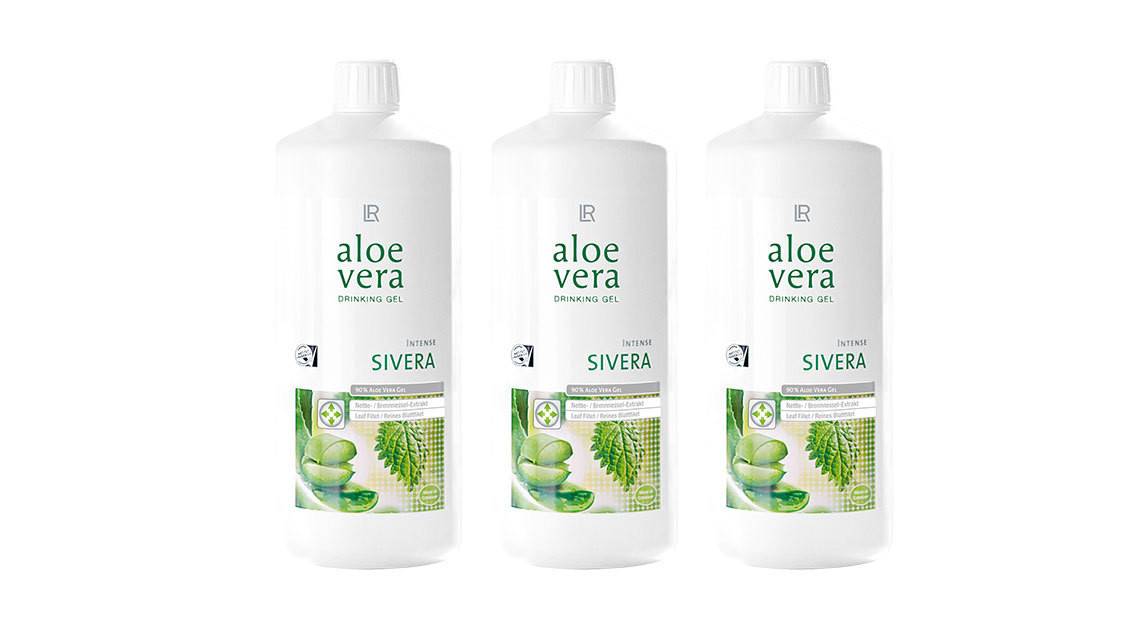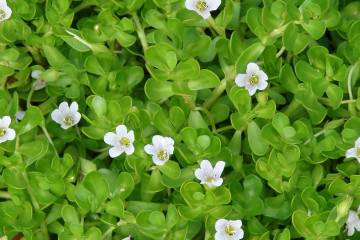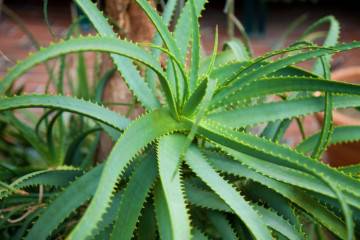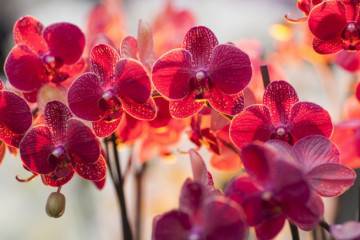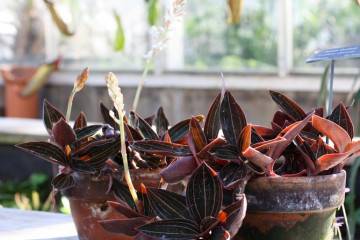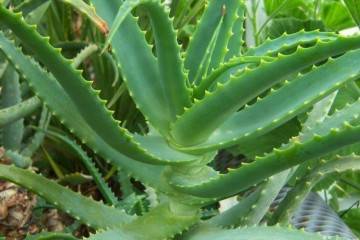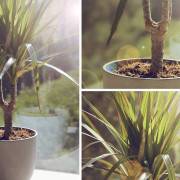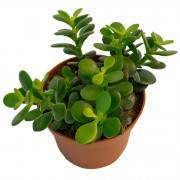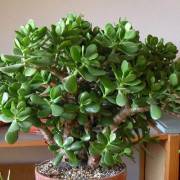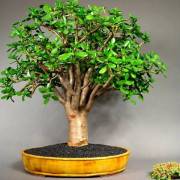Aloe vera flower: care options and medicinal properties of the plant
Content:
Aloe vera is a flower that will not be afraid of arid and dry climates, as it grows in the wild in the territory of South Africa and Madagascar. The ornamental plant belongs to the Asphodel family, a genus of succulents. This representative was brought to Europe during the reign of Alexander the Great. Quite often, the plant is called Barbados because of its growth on the island of Barbados.
Aloe vera flower appearance
Aloe vera is an unpretentious plant, and at the same time has excellent decorative qualities. These are the main reasons why indoor culture has become so widespread.
A succulent is characterized by the presence of a low trunk, on which variegated and fleshy xiphoid leaves are formed. The thick body of the sheet plates is filled with a yellow gelatinous mass. The entire surface of the leaves is covered with spiny cilia, the edges are jagged. In length they can reach 60 cm, along the trunk they are formed in a spiral, forming rosettes.
In the wild, an ornamental crop produces red or yellow flowers. They are formed on a vertical peduncle, the height of which can reach almost 1 meter. When grown at home, it can also bloom, but this is very rare.
Flower care at home
Before you find out what aloe cures for, you need to familiarize yourself with the basic rules for caring for and keeping at home in a pot. So, aloe vera is an unpretentious ornamental crop that has no specific agrotechnical requirements. Like all representatives of succulents, it has good health.
It quickly adapts to any growing conditions. But so that the culture does not survive, but fully develops, it is recommended to create optimal conditions for it.
Temperature control and lighting
The quality of lighting plays, perhaps, one of the main roles in the cultivation of this succulent. Aloe is a very light-loving flower. With a lack of illumination, the culture can begin to stretch out its leaves, therefore, it is recommended to additionally use additional light sources in autumn and winter. It is recommended to place the pot with the plant on the windowsills from the south-east and south sides.
In the summer months, to ensure the optimal amount of ultraviolet radiation, the plant is best carried out to the balcony or veranda.
Air humidity and watering frequency
Before figuring out what to do with aloe, you need to learn how to properly care for it. Otherwise, the benefits of using the juice and pulp of the leaves will be minimal. Watering should be moderate. Water the ornamental crop only as needed, when the soil surface begins to dry out.As soon as the sap flow stops, and also before winter, when the aloe enters the dormant period, the frequency of watering is reduced to 1 time per week.
The air is best dry. The plant is not watered. If dust appears on the leaves, it is enough to remove it with a damp soft cloth.
Soil and fertilizers
For planting and to transplant "cactus", use a special store substrate. If a decision is made to prepare the soil on your own, then leaf and sod land, river sand are used. All components are mixed in equal proportions.
It is enough to apply fertilizers once a year in spring. As fertilizers, it is better to use organic compounds that are designed specifically for succulents.
Dimensions of decorative pot
It is necessary to choose a flower pot not only for its external characteristics, but also for its volume. It is important that the volume of the root system of the flower is not much less. According to the observations of flower growers, it is better to use small containers.
The distance from the walls of the container to the roots should be no more than 3-4 cm. Before transplanting, it is advisable to check the root system has grown in depth or in breadth. This will determine which container is needed - wide or deep.
Transplant and pruning
Pruning is necessary for the renewal of the plant, its decorative qualities will improve, and more active growth will begin. The procedure should be carried out carefully so as not to damage the fleshy leaves.
A sharp and pre-disinfected instrument is used. The cut site is carefully treated with a disinfectant, for example, charcoal or activated.
Any ornamental plant needs a transplant sooner or later. Aloe is, of course, no exception. It is recommended to replant young plants at intervals of a year, and adults once every 2-3 years. The most favorable time for the procedure is spring or summer.
Reproduction
Aloe vera can be propagated by seed and cuttings. The second method is mainly used, since it takes less time and effort, and the result can be contemplated faster.
For implementation, you need to separate the leaf cutting from the stem and keep it for 1-2 weeks in a dark room to dry. This approach significantly increases the chances of successful rooting.
The lower part of the planting material is deepened into a previously prepared soil mixture by 3-4 cm, waiting for the appearance of the first roots. It is important to know that rooting occurs slowly in aloe. During this time, the leaf plate may begin to rot, so its condition must be constantly monitored.
Diseases and pests
Like all succulents, aloe has robust health. However, under unfavorable growing conditions and non-observance of agrotechnical rules, the plant is susceptible to attacks of the scale insect. Insects must be collected by hand.
Also, there are other problems when growing a crop:
- If the tips of the leaves dry up, this means that the root system in the pot has grown a lot. The result is that the plant simply does not have enough nutrients that are contained in the soil.
- Rolling leaves indicates that the crop needs more care. You need to start by removing dirt from the surface of the sheet.
- If the leaves become watery and yellow tones prevail in the color, then the soil is waterlogged, it is better to refuse watering for a while.
The healing properties of the plant
Many people wonder what can be made from aloe, how to use it. Due to its unique biochemical composition, the plant has many healing properties for the human body.
Aloe vera contains a high concentration of B vitamins, folic and ascorbic acid, as well as magnesium, zinc, iron and potassium. Traditional medicine recipes have the following effects:
- tonic;
- pronounced disinfecting;
- removal / reduction of manifestations of irritation;
Preparations based on this succulent also prevent scarring of soft tissues, accelerate regeneration processes.
The flower is capable of doing harm in diseases of the liver, bladder and kidneys. It is contraindicated to use drugs based on it during pregnancy and lactation. Carefully you need to use it with the possible development of allergic reactions.
How to use aloe for medicinal purposes at home
It is believed that the highest concentration of nutrients is found in the lower leaves, the length of which reaches at least 15 cm. The peculiarity of use is as follows: the leaves are broken off exclusively at the base of the stem, the juice is used immediately.
Most often, the juice of the leaves is used to make cosmetics with your own hands. For the treatment of skin diseases at home, it is most effective to use sabur or fresh juice.
Varieties of aloe, and which one is medicinal
Aloe Vera is medicinal and decorative. The following types are used for treatment:
- awesome;
- Barbadian;
- present;
- spotted / soapy;
- agave / tree.
Quite often, flower growers confuse aloe with an agave. This is not to say that this is the same plant - this is not entirely accurate. These are different types of representatives of succulents, but both of them are medicinal.
Many people know about the beneficial properties of the plant, but not everyone understands what to do with the leaves and stems of aloe. Succulent is used to treat diseases:
- tuberculosis in the form of subcutaneous injections of aloe extract;
- gastrointestinal tract;
- ophthalmic;
- dermatological;
- asthma and colds ENT pathologies;
- improper metabolism, anemia;
- for all types of wounds and abscesses (trophic ulcers, boils, inflammation with pus).
The active components of aloe extract pus from abscesses, help in the treatment of sunburn, and stop dysentery.
Aloe vera is an unpretentious ornamental plant, which in its aboveground part contains a high concentration of substances useful for the human body. Observing simple agrotechnical requirements, you can grow not only a beautiful culture, but also a useful one. Stems and leaves can be prepared for home use for the preparation of folk cosmetics or medicinal preparations.
